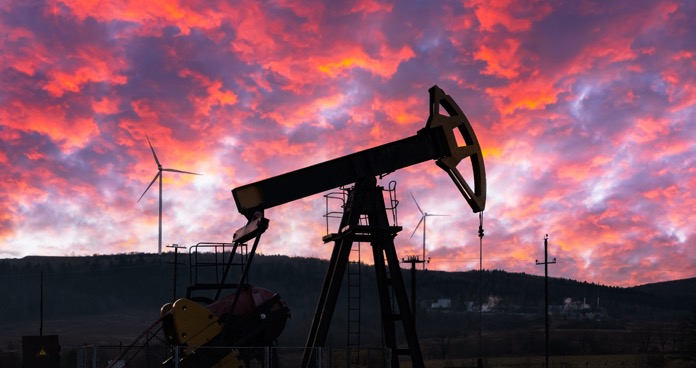Have you ever wondered where the energy you use on a daily basis comes from? Whether you are cooking, lighting up your home, or heating the water for a bath? Most probably not. Has it ever occurred to you that every time you do your daily chores you might be either saving or harming the environment?

Non-renewable energy refers to the energy that will eventually run out after being used for a long period of time. Major non-renewable resources are coal, oil, natural gas, and nuclear materials like uranium. Just like everything else, non-renewable energy has its advantages and disadvantages which befall as a result of how they are used.
Advantages of non–renewable energy
Non-renewables produce more power after the refinement process. When non-renewables are processed to release the energy potential offered, more power can be generated from crude oil, natural gas, and other fuels than what they provide in their raw format. Moreover, thousands of unique products that come from non-renewable sources are products that we use every day. Plastics, soaps, and many more items are more affordable because of this resource. The global economy depends on the presence of non-renewables.
The governments of the world subsidize over $5 trillion in expenses directly related to the non-renewables sector. That figure represents almost 7% of the global GDP each year.
The governments of the world subsidize over $5 trillion in expenses directly related to the non-renewables sector. That figure represents almost 7% of the global GDP each year.

Companies that produce fossil fuels create a substantial number of direct and indirect employment opportunities that contribute high wages to local economies. Although industries like solar or wind energy can produce similar employment opportunities they aren’t always available in the same numbers.
It is also important to note that in countries like Zimbabwe it is cheaper to access non-renewable energy compared to renewable energy. However, despite these advantages, it is also advisable to look at the cons of non-renewable energy to get a general idea of what one is dealing with.
Disadvantages of non-renewable energy
As the old adage goes, nothing lasts forever, the same can be said about non-renewable energy. Fossil fuels will not always be available and therefore can cause problems for those who rely on those energy sources.
Although the estimates for fossil fuel availability have been changing constantly over the past 30 years, there is always a possibility that non-renewable resources could become unavailable in the near future.
Developing alternative energies allows us to create a safety net for tomorrow’s generation. Many renewable energy sources like solar, wind, and other renewables rely on manufacturing processes that include natural gas and oil.
Another thing to note about non-renewable energy is that it causes high levels of pollution. This affects the environment as well as human beings because of the high levels of carbon emissions. People living near places where non-renewable energy is produced may suffer from various diseases. The environment also suffers, which leads to climate change.
Hence, it is of paramount importance to know the pros and cons of non-renewable energy because as much as it is affordable, it also has its fair share of disadvantages that need to be taken into account.
Text By Patuma Salimu

